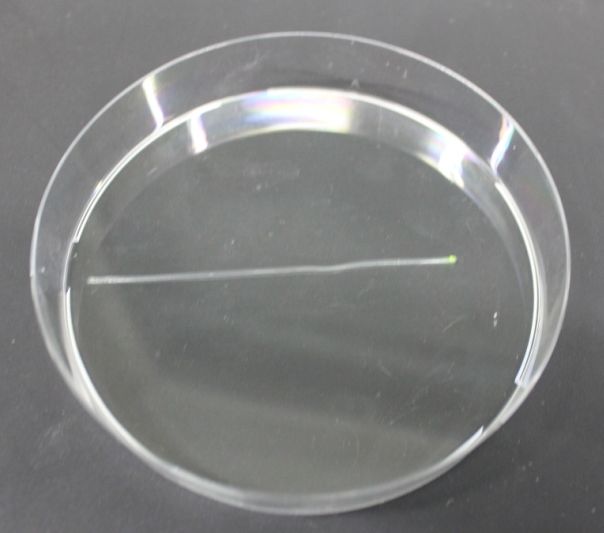Team:ETH Zurich/Process/Microfluidics
From 2011.igem.org
(Difference between revisions)
(→Microfluidic channel without flow) |
|||
| Line 37: | Line 37: | ||
=== Microfluidic channel without flow === | === Microfluidic channel without flow === | ||
[[File:ETH_final_setup_sensor.png|400px|right|thumb|'''Experimental setup for SmoColi.''' ]] | [[File:ETH_final_setup_sensor.png|400px|right|thumb|'''Experimental setup for SmoColi.''' ]] | ||
| - | :: | + | :: Modeling showed that diffusion and degradation of acetaldehyde/ xylene is enough to create a concentration gradient in the tube. Without a flow there is no need for a liquid so we decided to fill the whole channel with agarose and cells likewise we don´t need recycling because AHL can diffuse through the whole channel. |
{|style="border: none;" align="center" | {|style="border: none;" align="center" | ||
Revision as of 01:12, 22 September 2011
| Microfluidics |
| ||
|
We relatively early figured out that we need a some kind of channel to establish the acetaldehyde or xylene gradient needed for SmoColi (see Circuit Design). However, there were several different channel designs possible, and the final design evolved through an iterative series of design steps and design validations. The first designs were validated based on vast simulations, the final design furthermore by biological experiments in the lab (see Systems Validation). | |||
First Channel DesignsMicrofluidic channel with flow and recycling of the medium
|
 "
"





